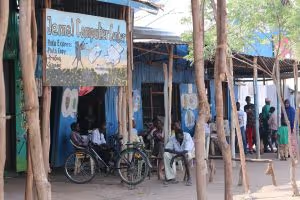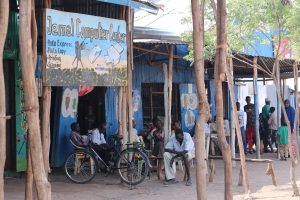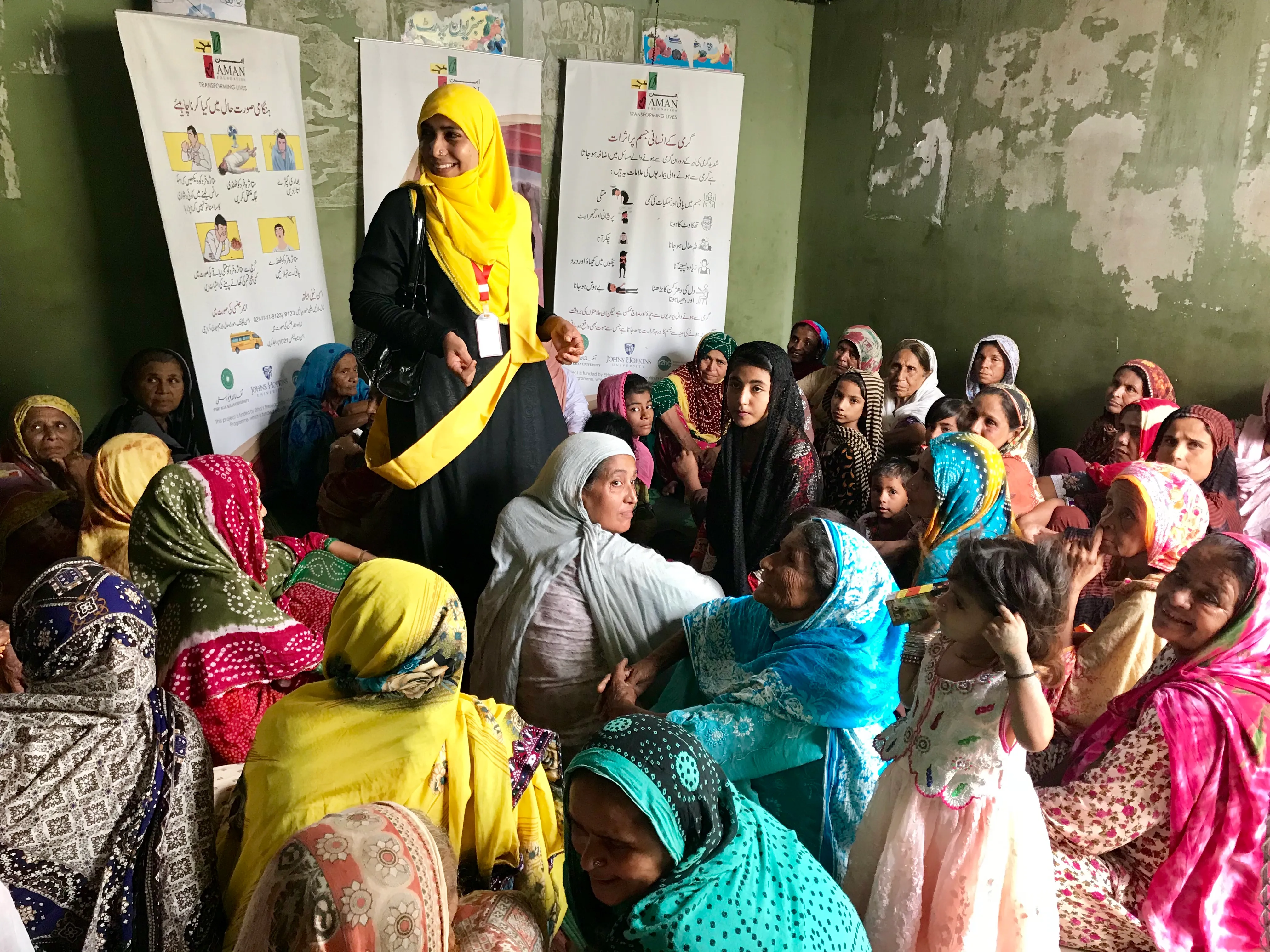Exploring mobile phone technology

It’s 6:00 am and still cool outside as I walk in to Wilson airport in Nairobi, Kenya. After a two-hour flight that feels more Lufthansa than Indiana Jones, we touch-down on a dusty airstrip greeted by plumes of ochre-coloured earth. It’s now 9am and already starting to get hot. As I step back on to terra firma I’m greeted by a colleague with three words; Welcome to Kakuma.

Kakuma refugee camp is in Turkana county in North Western Kenya, positioned close to the borders of Ethiopia, South Sudan and Uganda. Built in 1992, it was originally a refuge for Sudanese fleeing persecution. Today the camp has four settlement zones and is home to over 174,000 refuges from all over the Horn and East of Africa.
What are we doing in Kakuma?
We’ve come to Kakuma as part of our study exploring how mobile phone technology is used by refugees and to what extent current solutions meet their needs.
One of our goals during our two-week research here is to better understand refugees access to smartphones and how they are used. We interviewed almost 700 refugees of different ages and ethnicities and our initial findings provide a unique insight into the importance of mobile technology and internet connectivity for refugees striving to lead dignified lives under difficult circumstances.
But first, let’s clear up what I mean when I talk about smartphones (think iPhone) compared to basic phones (think Nokia 3310 for those of you old enough to remember). There is no universal definition, but smartphones typically have a touch screen, internet access and can download apps from an online store such as Google Play. Basic phones on the other hand can make and receive calls and text messages, but not much else. You need a 3G, 4G or a WIFI connection to get the most out of a smartphone. With a basic phone, 2G will do.
Smartphone ownership:
In my first blog I mentioned that smartphones capable of running applications and browsing websites provide a gateway through which humanitarian organisations can deploy innovative services targeted towards refugees. No smartphone, no access.
It seems the refugees in Kakuma are almost twice as likely to own a smartphone than the national average. According to data from the Pew Research Centre smartphone ownership in Kenya stands at 26%. In contrast, almost half of the refugees we interviewed own a smartphone. It also seems that younger refugees are more likely to own a smartphone, with the average age of an owner being 28. This compares to an average age of 39 for refugees owning a basic phone and correlates with similar findings of global smartphone ownership, again from Pew
This is good news for humanitarian organisations wishing to deploy innovative solutions via smartphone, but care needs to be taken not to exclude older refugees who may not yet be willing or able to join the smartphone revolution.
Cell phone coverage:
Whilst a 2G cell phone signal is fine for calls and texts, 3G and 4G are needed to download apps and access the internet. According to a recent study by UNHCR, over 70% of refugees in Kenya have access to 3G connectivity. Whilst this may be true nationally (particularly in urban centres such as Nairobi), we found 3G connectivity in Kakuma to be more elusive. Only 41% of locations where interviews were conducted recorded a 3G or 4G connection using the app Signal Strength.
This often mean refugees must walk to find the right type of signal, or a stronger one.
“I can’t use my smartphone in the house because there is no data connection, I have to walk to a football field nearby. It’s often noisy and not very private”.
This comment from a Somali refugee in her late twenties, is typical from the refugees we talked to and underlines the disconnect between smartphone access and cell phone coverage. Both are needed to maximise the benefits of delivering services to refugees through mobile devices. Discussing sensitive topics on a football field just won’t do.
Access to internet:
Two thirds of refugees interviewed reported having access to the internet. However, only 3% of those interviewed access the internet using WIFI, the rest use 3G/4G connections available on their phones.
It is clear from our findings that communicating with networks of friends and family play an important part in the lives of refugees. This is typically done using smartphones via messaging services, or social media apps such as WhatsApp and Facebook.
But, with almost no WIFI coverage, access to the internet doesn’t come cheap.
One refugee we interviewed fled from South Sudan as a child and is now a teacher in Kakuma Zone 1. “I use my smartphone a lot to talk with family and friends, especially my father who is still in South Sudan. I spend around 200 Shillings a day buying mobile data, which is around half of my daily income. It’s not cheap, but it’s a life-line to the world outside”.

As our research in Kakuma draws to a close, I spend my last afternoon visiting an internet café in Kakuma 1. Opening onto one of the settlements busiest streets it’s surprisingly quiet inside, but then I remember the last finding I will share in this blog; the correlation between smartphone ownership and internet access is high, with 95% of smartphone owners accessing the internet using their devices.
Internet cafés charge around 5 shillings a minute to access the internet. A mobile internet bundle from Safaricom isn’t on the clock and so often works out cheaper. It may simply be people prefer to use their own phone.
Smartphones play a vital role in accessing the complex network of communication and services available to refugees in Kakuma. With smartphone ownership in the camp above the national average, there may be an opportunity for humanitarian organisations and even local enterprises to tap into this groundswell of active smartphone users.
Stay updated
Sign up for our newsletter to receive regular updates on resources, news, and insights like this. Don’t miss out on important information that can help you stay informed and engaged.
Related articles



Explore Elrha
Learn more about our mission, the organisations we support, and the resources we provide to drive research and innovation in humanitarian response.